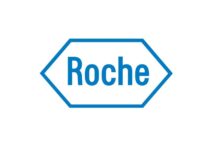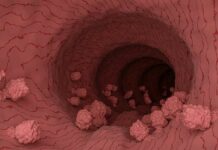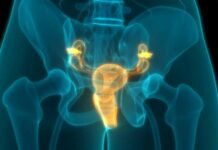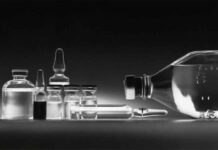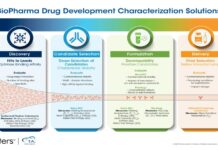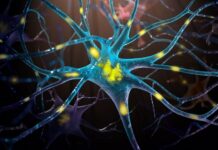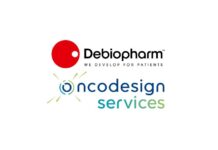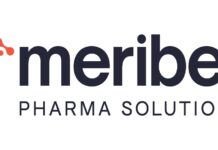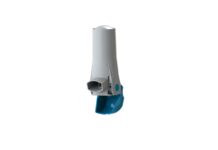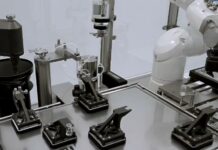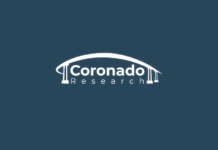H. Lundbeck A/S (Lundbeck) announced that the U.S. Federal District Court has ruled in favour of Lundbeck and found no violation of the antitrust laws in the company’s acquisition of NeoProfen® (ibuprofen lysine) Injection (10mg/mL), a drug used in premature infants with patent ductus arteriosus (PDA), a condition in which a blood vessel in the heart fails to close after birth.
Lundbeck welcomes the Court’s ruling today finding that the company’s purchase of the rights to develop NeoProfen® did not violate Clayton Act Section 7 or Federal Trade Commission Act Section 5. In ruling for Lundbeck, the Court found the acquisition did not reduce competition in any market for the treatment of PDA.
In December 2008, the FTC and State of Minnesota filed a complaint against Ovation Pharmaceuticals, Inc. (Ovation) in the Federal District Court of Minnesota challenging the company on its market position with the only two commercial drugs for the treatment of a congenital heart defect in premature infants – Indocin® (indomethacin for injection) and NeoProfen®.
In March 2009, Lundbeck acquired Ovation (now Lundbeck Inc.). Lundbeck was aware of the complaint at the time of the acquisition. The rights to market NeoProfen® were acquired by Ovation in January 2006 from Abbott Laboratories and transferred to Lundbeck following its acquisition of Ovation.
Approximately 30,000 infants in the United States are treated pharmacologically each year for PDA, a serious or even deadly condition.
Lundbeck remains committed to sustaining complex medications for small populations with serious and often rare conditions for which a few, if any, alternatives exist, in addition to having an extensive development pipeline of central nervous system drugs and newly launched therapies to address unmet medical needs.



